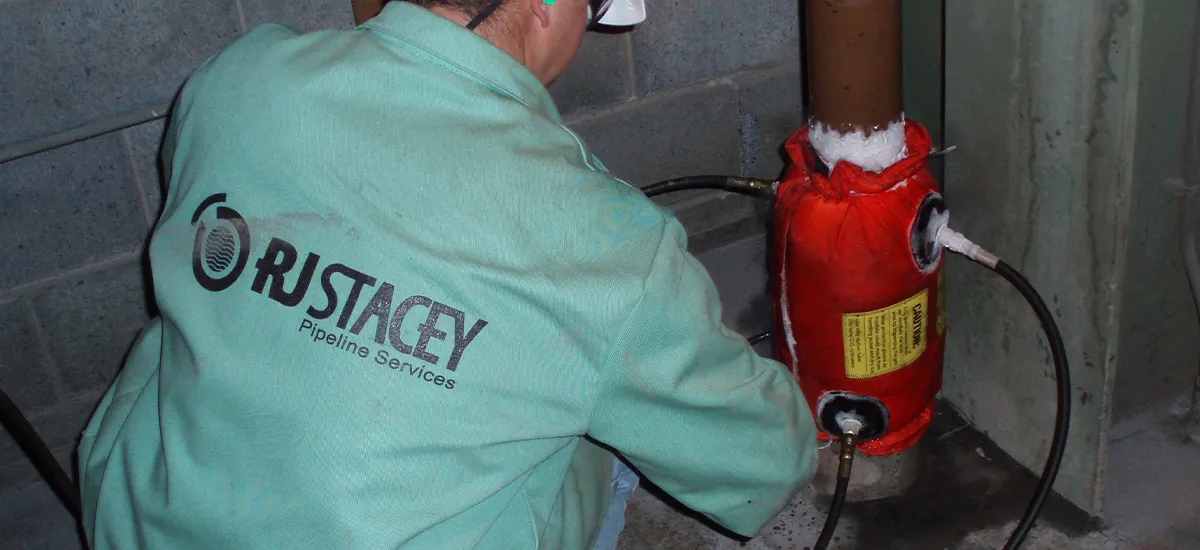
Most anyone who works with pipelines is familiar with line stops. However, unless you work at a pipeline intervention company, you may be unaware of the full capabilities of today’s line stop tools and technologies.
Without further ado, let’s dive in and take a look at several things most people don’t realize about line stops.
1 – There Are Many Different Types of Line Stops
Many engineers associate all line stops with one of the most common types – the STOPPLE from TD Williamson.
However, this is only one of a wide variety of types of line stops! From folding head line stops to hot tap insertable bladders and high-temperature line stops, there are so many more tools at our disposal when a line stop is required.
STOPPLE pivoting head line stops are great for many applications. However, they are certainly not the end-all, be-all of line stops. Like every method of stopping a line, they are excellent for some applications while also being ineffective or dangerous in other situations. The key is picking the right method for the job, and to do that, it’s important to be aware of all your options.
2 – You Can Stop High Pressure and High-Temperature Lines
A lot of people assume you can’t stop lines at high pressure or high temperatures, like steam. But with the right tools and team, these lines can be stopped too. We have specialized equipment for stopping lines as high as 700 PSI at 700℉ or 1,480 PSI at 100F . In fact, we have even custom-ordered equipment specialized for a single job to stop a line exceeding 1,480 PSI.
The bottom line is that you can safely stop lines of a much higher temperature and pressure than you may realize.
3 – You Can Also Stop High Flow Lines Without Slowing or Turning Off the Line
Another common misconception about line stop limitations is flow rates. Recently, we stopped a line for a client that had a flow rate of 17.5 feet per second. The client had spoken with several other pipeline intervention companies that insisted they’d have to either slow the flow rate or turn off the line.
Our approach was to install a flow rate restrictor that slowed the flow enough to install a stop downstream. While it’s not the most straightforward line stop, high flow lines can still be safely and effectively stopped.
4 – In Confined Spaces, You Can Stop a Line with Folding Head Line Stops
Another common challenge with line stops is limitations with small, confined spaces. In these instances, folding head line stops are a great option.
This type of stop is very lightweight and can be inserted through a small hot tap, making them invaluable for many applications inside facilities and other confined areas.
5 – Virtually Any Type of Line Can be Safely Stopped by the Right Team
By now, you’ve probably noticed a theme – you can stop many more types of lines than you might think.
Between advances in technology and the experiences gained from several decades of line stopping, our ability to stop lines is greater than ever before. Time and again, the RJ Stacey team has been able to stop lines that others said were impossible to stop without taking them offline.
In some cases, this includes engineering custom, job-specific equipment – but at the end of the day, the line is stopped safely and effectively.
Call RJ Stacey today to learn more about our online leak repair capabilities.
